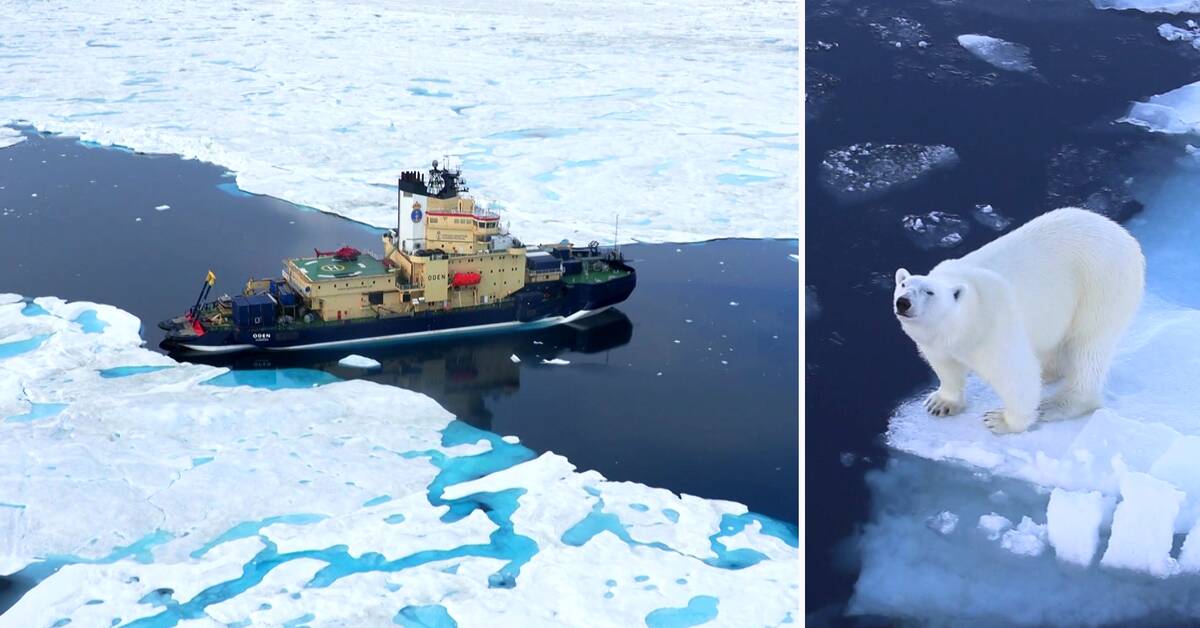The sea ice around the North Pole is getting smaller and thinner as the climate gets warmer. The area has decreased by about 40 percent since the 80s, and is less in summer than in 1,000 years.
Even during this winter, there has been unusually little ice in the Arctic. So the researchers on the icebreaker Oden, who are now embarking on an unusually early expedition, do not know exactly what to expect and whether they will be able to go where they want in search of "atmospheric rivers". They should follow the weather forecasts and zigzag through the area.
"It hasn't happened before, no one has tried. After all, there are several difficulties. Firstly, the prognosis must be right and this may not always be the case. And secondly, we have to be able to get where we need to go and that may not be possible depending on how far it is and how the ice is. So we don't know, but we believe it is possible," says Michael Tjernström, a climate researcher at Stockholm University and expedition leader.
Oden will seek out the streams of warm and humid air coming in from the south. Then the researchers can make measurements that can provide answers to what the so-called atmospheric rivers mean for ice melt and how fast spring may come. The researchers suspect that it is these currents that kickstart the melting and cause winter to tip over into summer.
You can see how it works and more about the thawing Arctic in the video.

